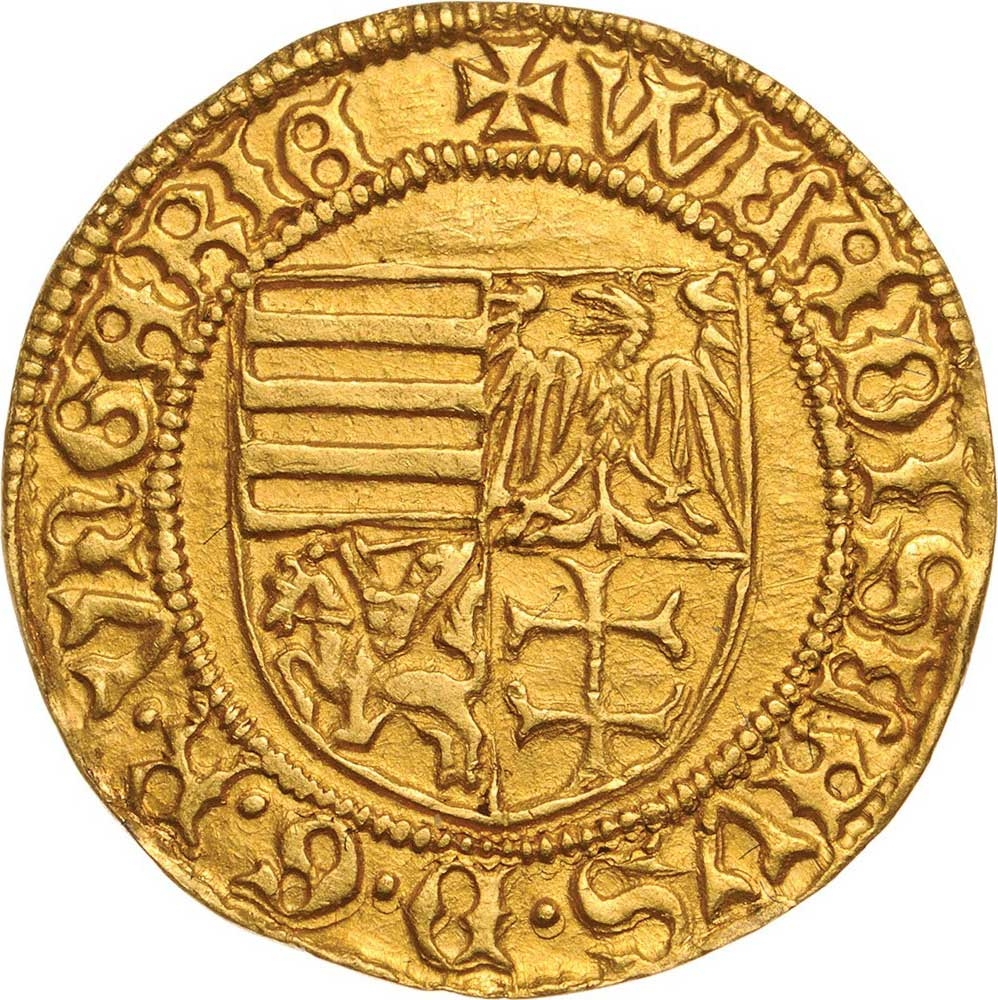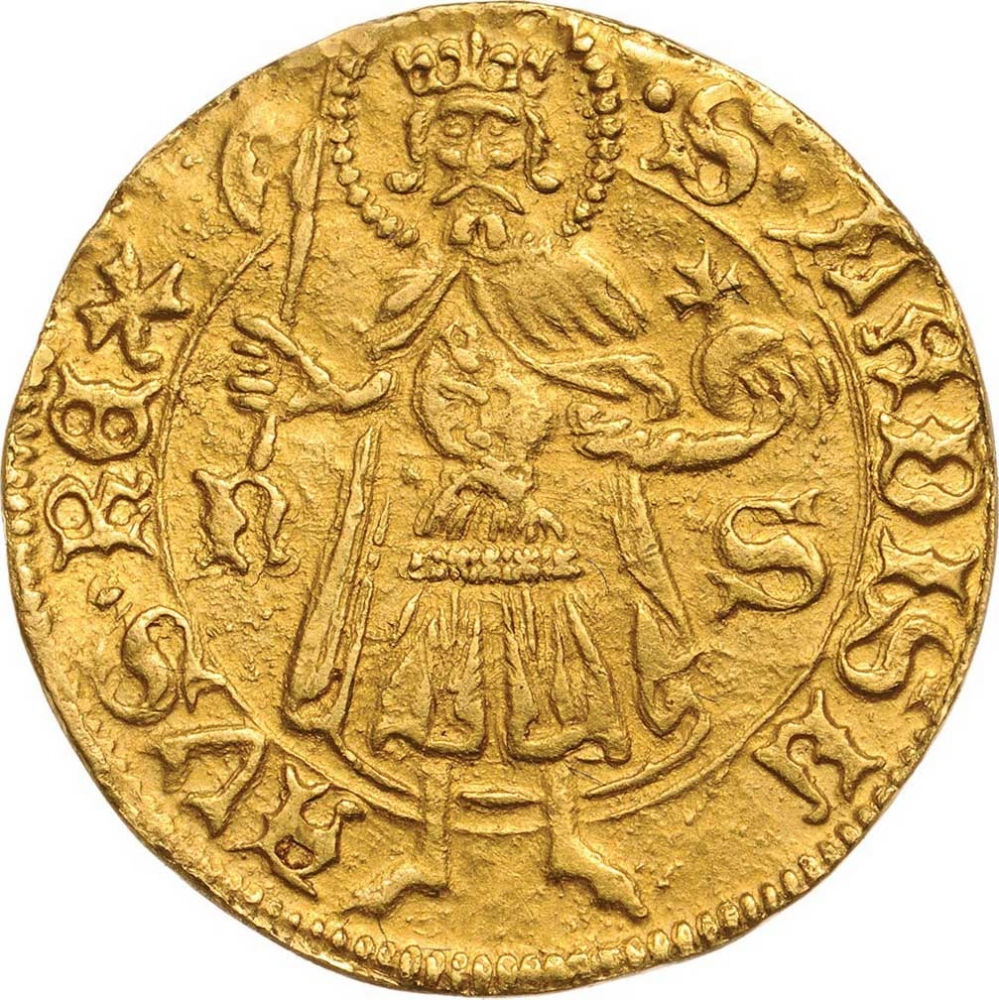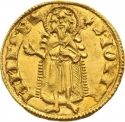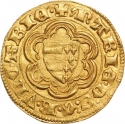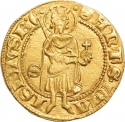You are about to finish your registration. Please check your mailbox (including spam folder). There should be a letter with a confirmation link. Check setting to make sure that your e-mail address is correct.
Send letter againDescription
Władysław III of Poland, also known as Ladislaus of Varna (1424–1444), was King of Poland and Supreme Duke of the Grand Duchy of Lithuania from 1434, and King of Hungary and Croatia from 1440 until his death at the Battle of Varna. He was the eldest son of Władysław II Jagiełło and Lithuanian noblewoman Sophia of Halshany. Władysław succeeded his father just before turning ten, with Cardinal Zbigniew Oleśnicki acting as regent. His legitimacy was contested by Lesser Polish nobles who supported Siemowit V of Masovia. Spytko III of Melsztyn, a sympathizer with the Czech Hussites, opposed Oleśnicki's regency but was killed at the Battle of Grotniki in 1439, ending the hostilities.
Władysław faced challenges from the Polish–Teutonic War and internal conflicts in Lithuania. The Teutonic Knights, supporting Švitrigaila, were defeated at the Battle of Wiłkomierz, leading to the Peace of Brześć Kujawski in 1435, which curtailed Teutonic influence. Elected King of Hungary and Croatia in 1440, Władysław faced opposition from the Habsburgs and the Ottoman Empire. Encouraged by the papacy, he launched the Crusade of Varna against the Ottomans but was killed in battle. His body was never recovered, leading to various legends. Władysław was succeeded in Poland by his younger brother Casimir IV and in Hungary-Croatia by Ladislaus V the Posthumous.
Obverse

|
Depicts the fourfold coat of arms: Hungarian Árpád stripes, Polish eagle, Lithuanian rider, Hungarian double cross within inner circles within inner pearl circle, lettering around "Wladislaus, by the grace of God, King of Hungary". A decoration of pearls runs around the edge. + WLADISLAVS · D · G · R · VNGARIE |
|---|---|
Reverse

|
Depicts Ladislaus I (Saint Ladislas) holding his battle-axe and orb with a halo above his crowned head with the Latin inscription "Sanctus Ladislaus Rex" (Saint Ladislaus the King). On either side of the depiction, an Anjou lily is placed. A bead-like pattern runs around the edge. · S · LADISLA AVS · REX |
| Edge |
